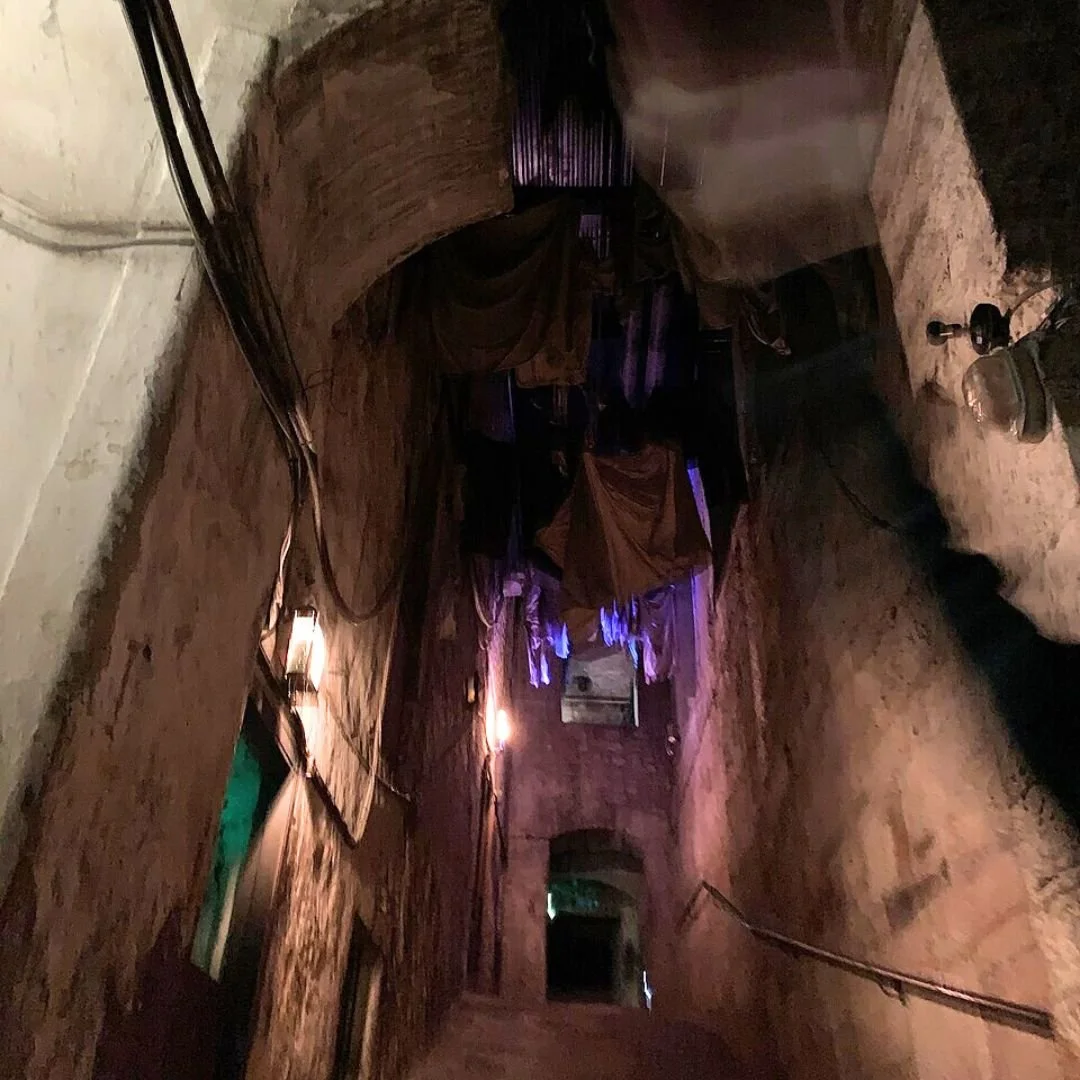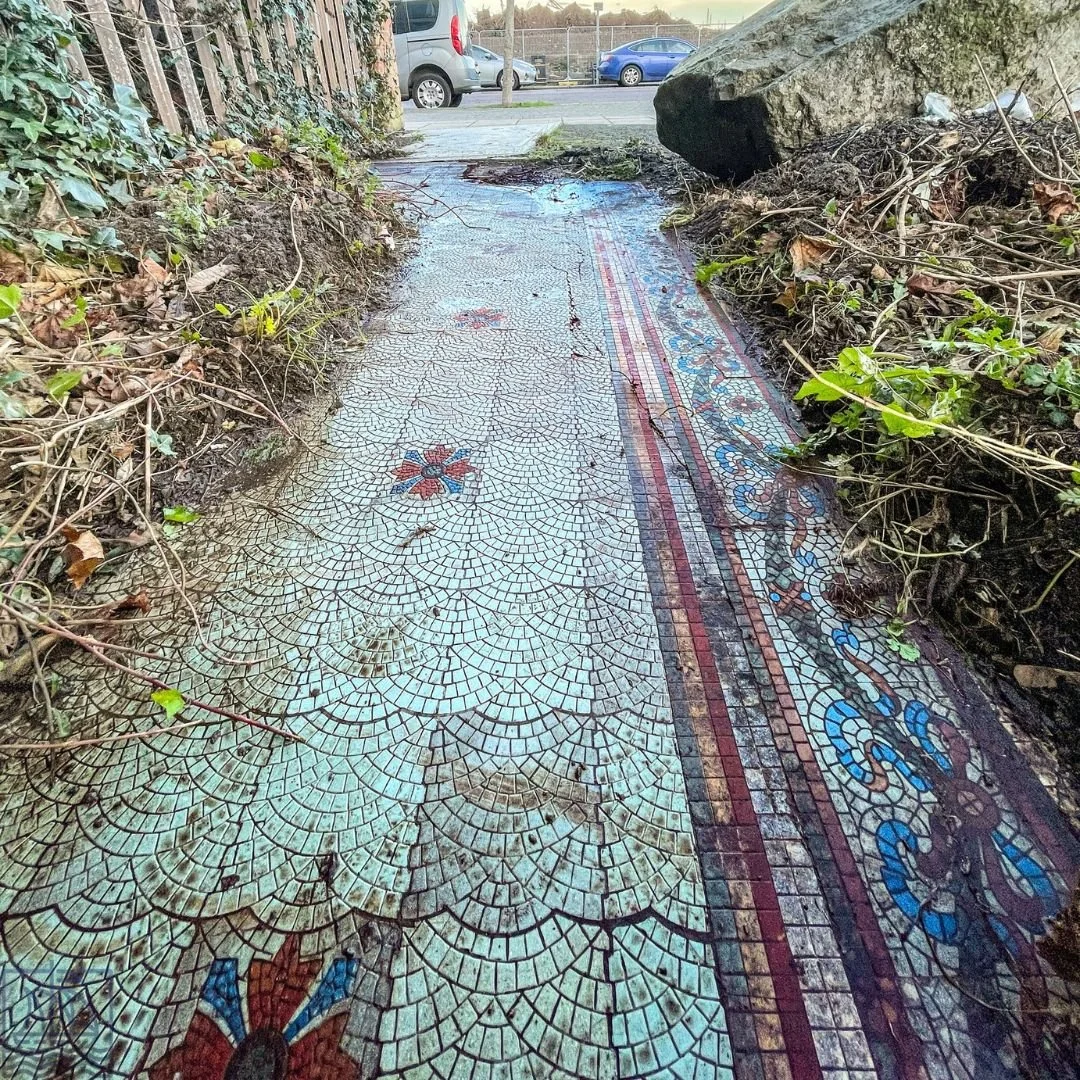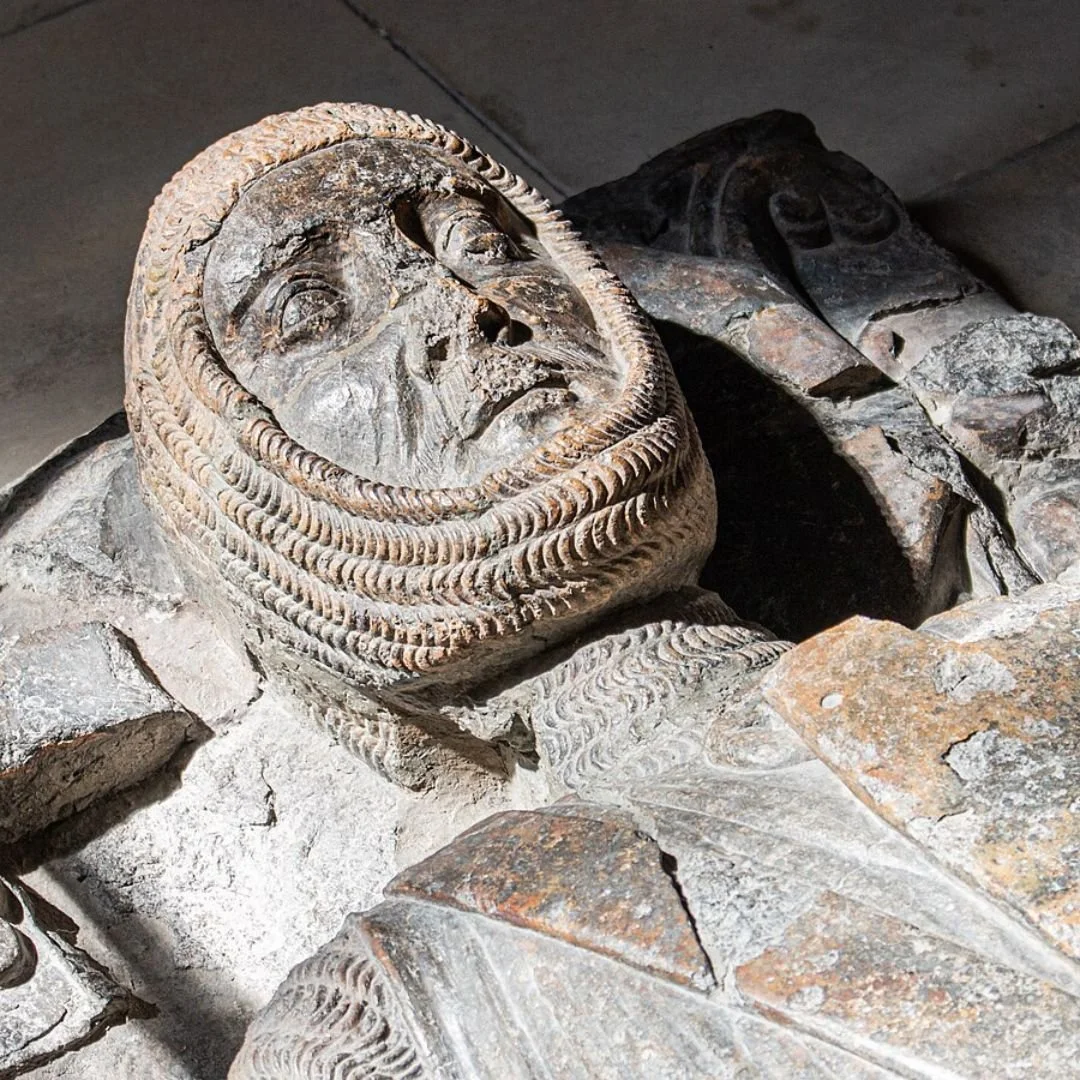Mary King’s Close, Buried Beneath Edinburgh’s Royal Mile
Mary King's Close is a historic alley beneath Edinburgh’s City Chambers on the Royal Mile in Scotland.
Named after the 17th century merchant Mary King, the close was partly buried in 1753 during the construction of the Royal Exchange.
Despite this, some of the original buildings remained accessible, and people continued to live there for many years.
The last resident, Andrew Chesney, was ordered to leave in 1902.
After his departure, the close was fully sealed off with brickwork instead of being demolished, which is why much of the original street and its buildings have remained preserved underground.
Photo: The Real Mary King's Close
The narrow alleyway, typical of Edinburgh’s medieval Old Town, is today located under the modern-day buildings on the Royal Mile.
The term “close” refers to the narrow passages between the tall tenement buildings that made up the old city.
Mary King’s Close is unique because it is now enclosed and preserved beneath the surface streets, essentially a ghost town trapped under Edinburgh’s busy city centre.
In the 1600s, Edinburgh’s Old Town was one of the most densely populated areas in Europe.
Narrow closes like Mary King’s were home to people from all walks of life - merchants, craftsmen, labourers, and sometimes the very poor.
The close was a thriving microcosm of daily life, filled with small shops, workshops, homes and public spaces.
However, it was also cramped, unsanitary, and prone to disease.
Buildings were tall and tightly packed, with up to eight or twelve stories in some places, often built around narrow courtyards.
In fact, according to the tourism Facebook page, It is said that ‘Edinburgh was home to the first-ever skyscraper, with the highest recorded building reaching 16 stories tall. On Mary King's Close, the highest recorded building was 12 stories tall.’
’By the time they reached these levels, natural light had a hard time reaching down here at the bottom.
’For light, they would have to rely on a cruizee lamp.
You could find this type of lamp in both rich and poor households; however, in more affluent households, they would have burnt beeswax with nice smells and scents.
’In the Laigh Hoose, though, they would have burnt cow fat or fish oil, which would have created a foul smell.’
Built under City Chambers, Edinburgh (pictured)
Mary King’s Close is perhaps best known for its association with the Great Plague of Edinburgh in 1645.
The bubonic plague swept through the city with devastating consequences.
The cramped, unsanitary conditions of closes like Mary King’s Close made them breeding grounds for disease.
Historical records tell of families being quarantined within the close, with infected residents left to suffer or die in isolation.
The close was sealed off by the city’s authorities to contain the outbreak, and many residents perished.
This association with the plague has contributed to the close’s eerie reputation, giving rise to many ghost stories and legends that endure to this day.
By the late 17th and 18th centuries, much of Edinburgh’s Old Town, including Mary King’s Close, had become rundown.
Plague doctors
The city’s wealthier citizens began moving to the New Town, leaving the Old Town increasingly neglected and overcrowded.
In the 18th century, the area above Mary King’s Close was redeveloped.
When the Royal Exchange (now the City Chambers) was constructed in the late 1760s, parts of the close were literally buried beneath the new building and the street level was raised.
This meant that Mary King’s Close was effectively closed off and lost to history, hidden below the city streets.
It remained sealed and largely forgotten until the 19th and 20th centuries when parts of it were uncovered during building works and archaeological investigations.
Its historical importance became apparent, and efforts were made to preserve it.
Photo: The Real Mary King's Close
Today, the close is carefully maintained as a visitor attraction, managed by Historic Environment Scotland.
The tours take visitors underground to explore the original buildings, streets, and rooms, complete with detailed reconstructions and historical exhibits.
The close retains original features such as stone staircases, timber beams, and narrow passageways.
Some of the rooms have been restored or recreated to depict the living conditions of past residents.
Located just off the Royal Mile, it’s an accessible route and we’d highly recommend it for your next visit to Edinburgh.
Reviewing the tour on TripAdvisor, someone said: “The experience was immersive, atmospheric, and full of fascinating stories about Edinburgh’s hidden history.
”Our guide, James, was brilliant—knowledgeable, engaging, and with just the right amount of theatrical flair.
”James mentioned that he was over 400 years old… though we must say, he’s aged remarkably well for someone from the 1600s! Not a wrinkle in sight—clearly, time travel agrees with him.”
If you enjoyed this blog post, please follow Exploring GB on Facebook for more!
Don’t forget to check out our latest blog posts below!



















